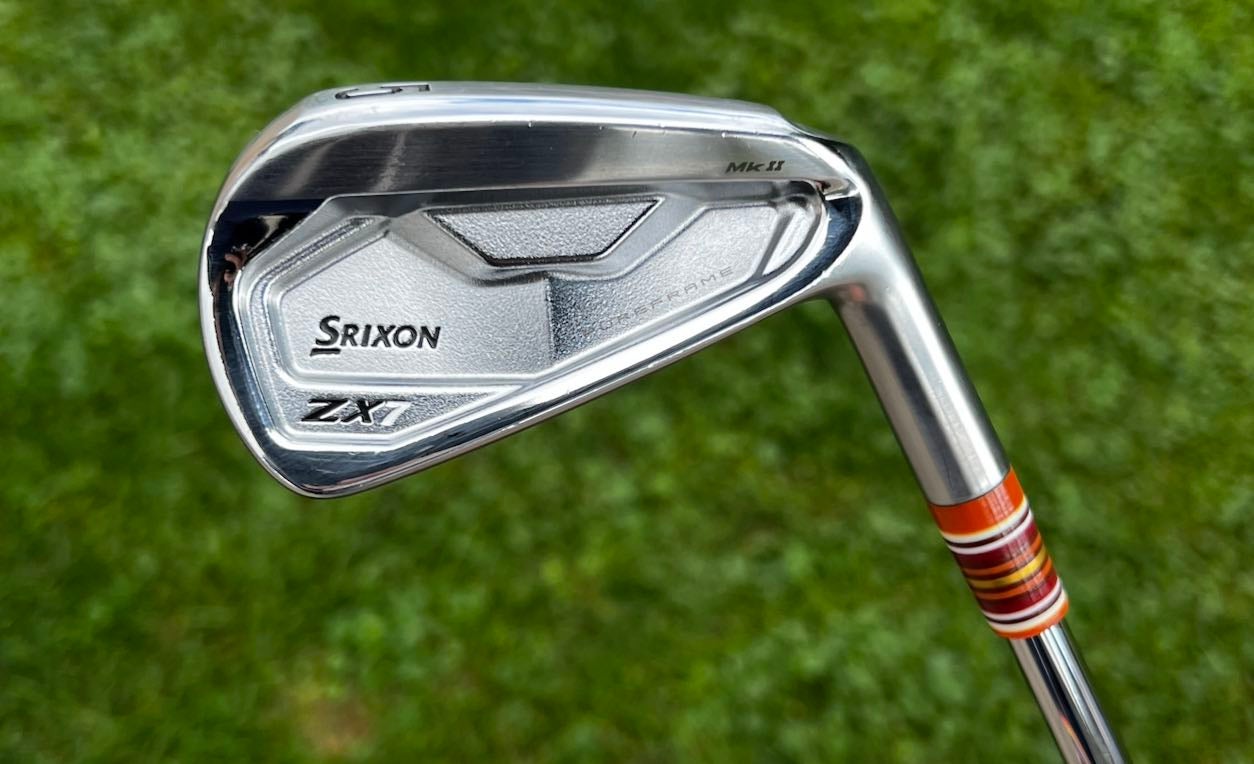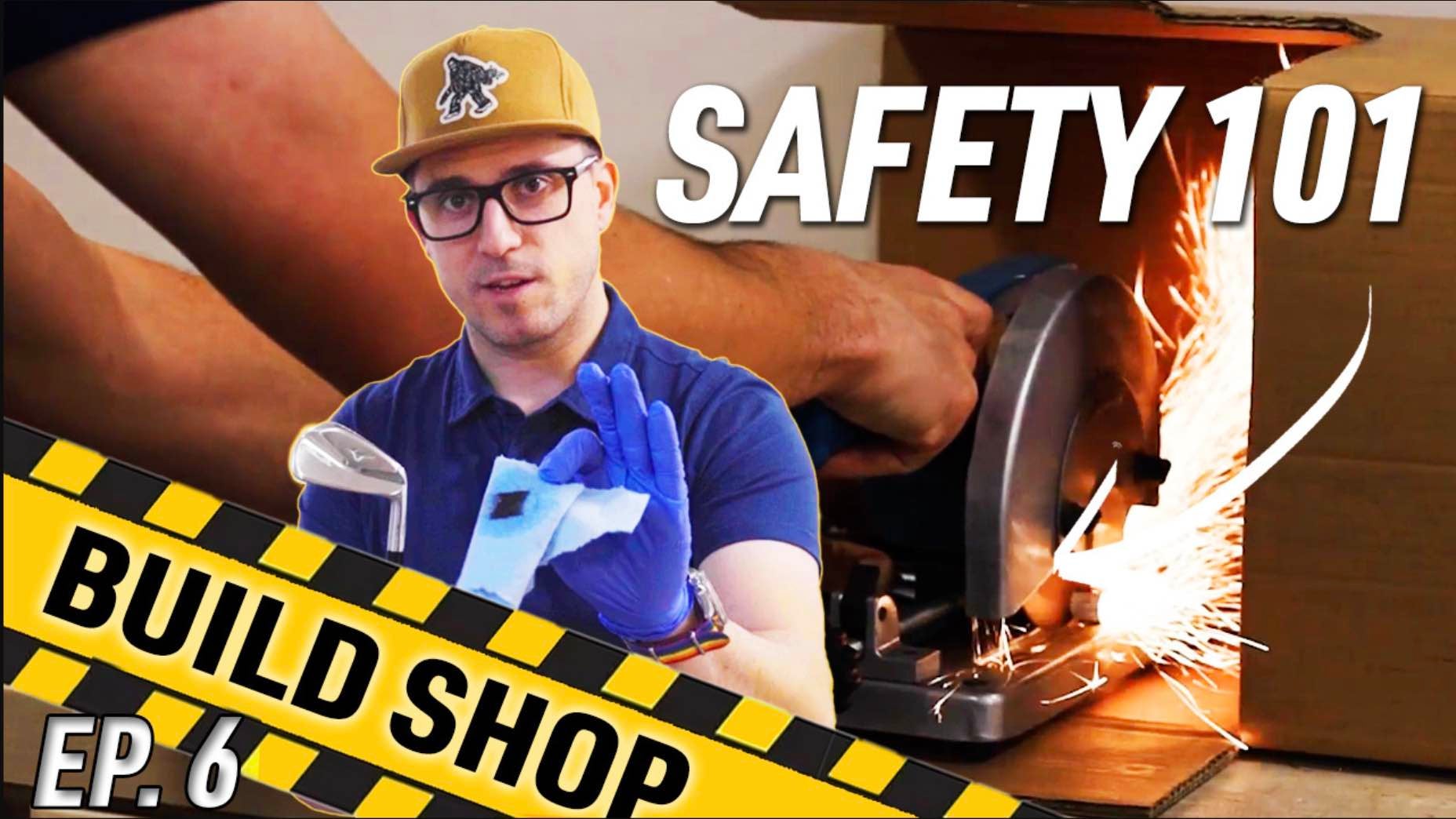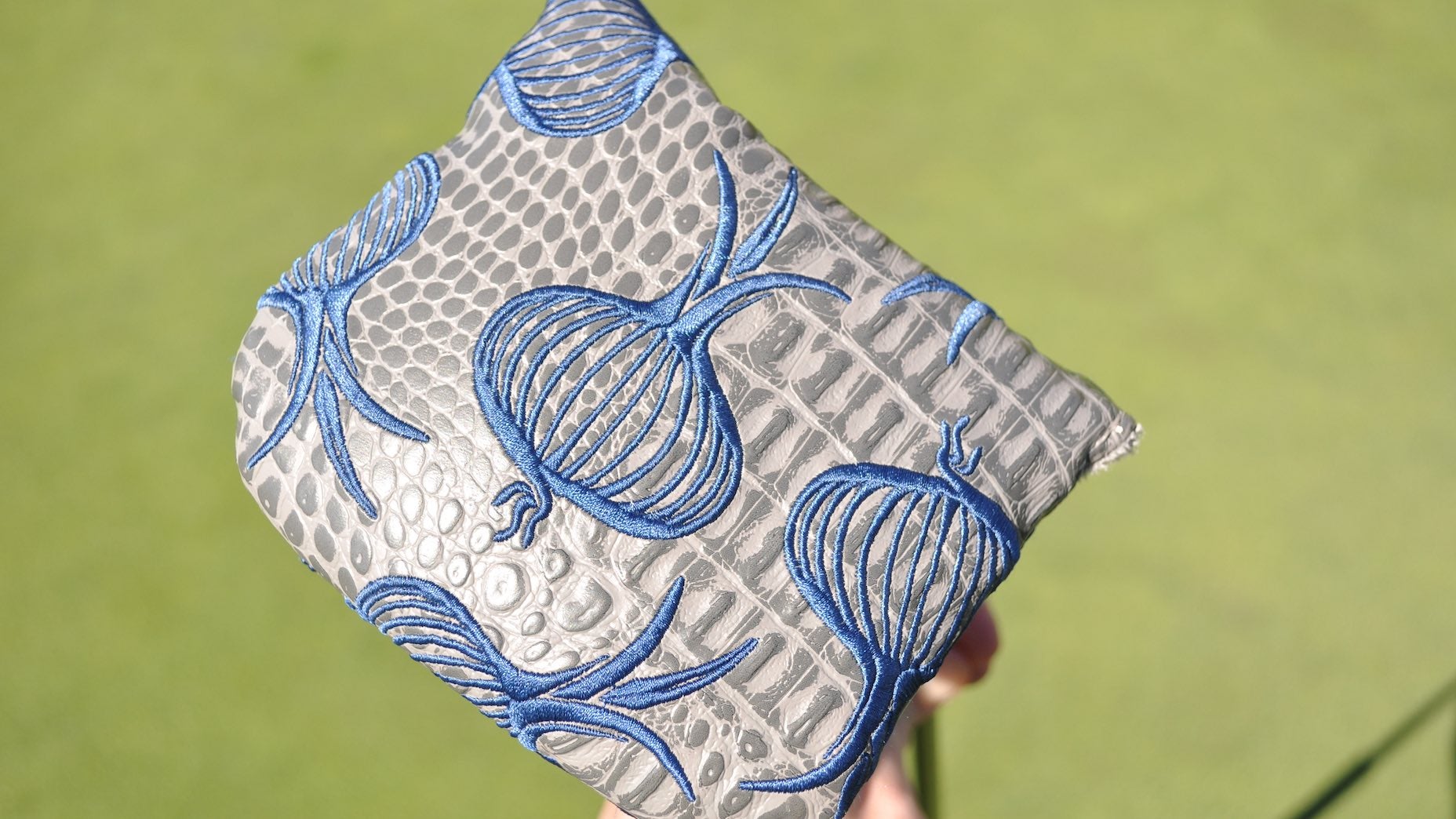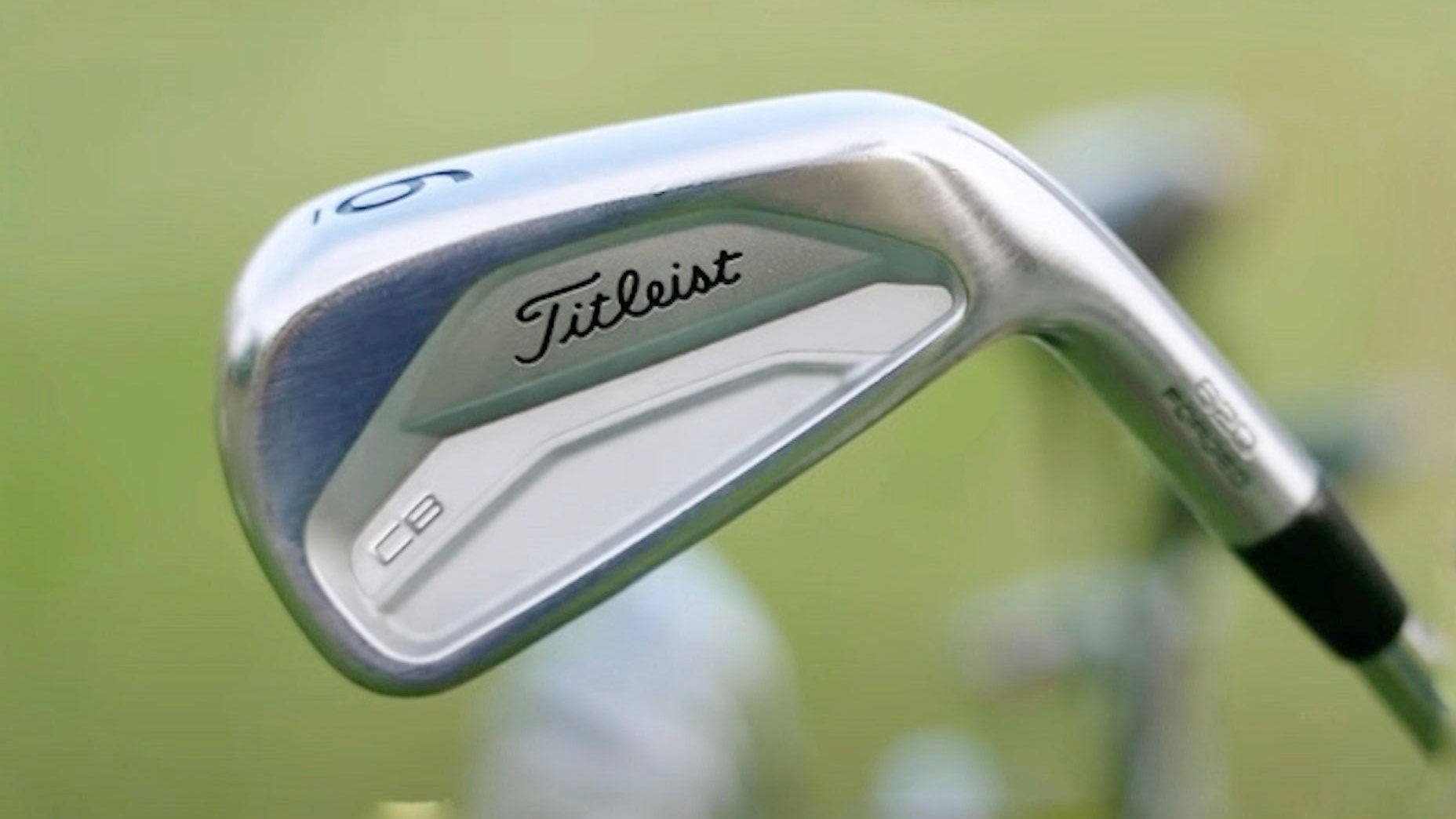If you’ve never done it before, building a golf club can feel like a complicated task. But once you learn the basics, it opens up a whole new world of customizing and personalizing your gear.
A putter is a great place to start and learn the basics, but once you’ve mastered that, the next step is irons and wedges. Learning to re-shaft steel shafted irons and wedges can allow you to make repairs to broken clubs and, from there, it’s possible to add your own custom ferrules.
For our second video in our newest Build Shop series, we’ll show you the entire process of assembling an iron from start to finish — and include a ton of helpful advice along the way.

Key steps of the iron-building process
Clean your components — Once you have all your club components together — club head, shaft, tip weight and ferrule — take the time to make sure they’re clean by using acetone to remove any dirt or oils. This will ensure a strong bond with the epoxy.
Mix epoxy thoroughly — Speaking of bonds, properly mixing the epoxy to ensure you don’t introduce excess air into the mixture can help to prevent failure and weakening once the club has been assembled.
Only use what you need — A common rookie club-builder mistake is to use too much epoxy during the assembly process. Once the inside of the club and the outside of the shaft are coated, anything extra works its way up the shaft and once dry can eventually break off and cause a rattle. Just use enough epoxy to coat all the parts in a thin layer and you’ll be all set.
Clean as you go — Whether it be while mixing epoxy or once the components have been assembled to dry, cleaning excess epoxy off the shaft and the head before it dries can increase productivity and make the finishing steps go faster.
Take your time — It’s way better to take a few extra minutes during the build process to ensure everything comes together properly rather than realize there is a mistake once the epoxy is set.
The same goes for the final step in the process: installing grips. Taking the extra moment to make sure the grip is lined up correctly and on all the way leads to more consistent clubs and better alignment on every shot. Happy club building!
Check out the entire collection of build videos and more at GOLFs Fully Equipped YouTube page.
Want to overhaul your bag? Find a fitting location near you at True Spec Golf.










